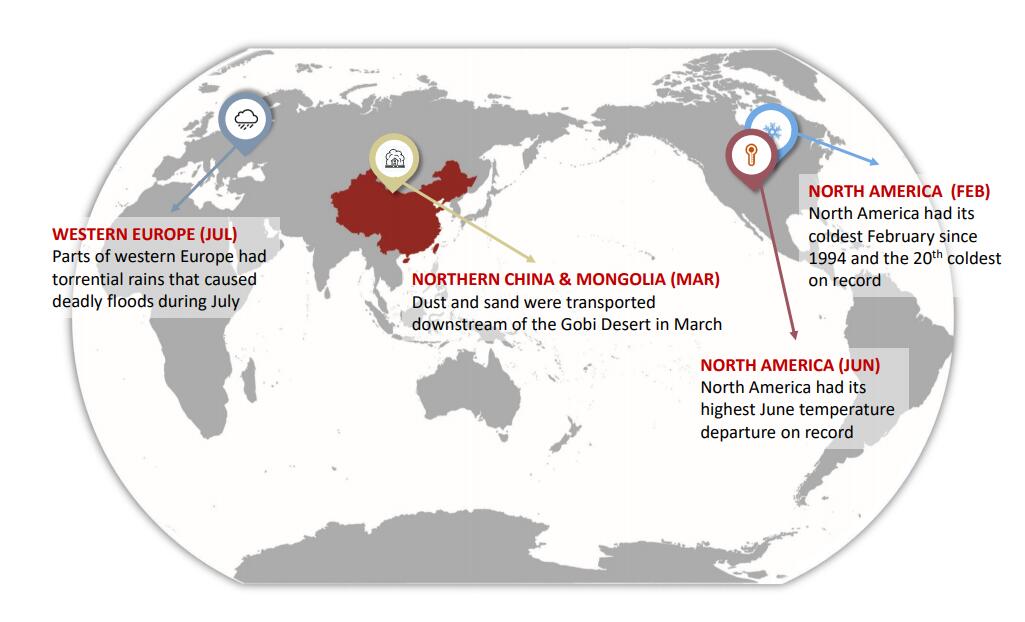2021 in China was marked by a series of highly unusual weather events including record cold conditions in January, freak dust storms in spring and severe flooding that swamped Zhengzhou in July. Beyond China, equally extreme cold conditions occurred in the US early in the year, followed by the record breaking heatwave in western Canada in the summer, and severe flooding in Europe in July.
A year on from the events, scientists at the Chinese Academy of Science's Institute of Atmospheric Physics, Peking University, together with the UK Met Office, have reviewed the events, their causes and connections and their implications for the future. Evidence so far has indicated that a mix of internal, natural variability and anthropogenic climate change was likely to have played a hand in the events.
This short review is expected to serve as a reference for further climate event attribution, process understanding, and high-resolution modeling of extreme events. The work is published in Advances in Atmospheric Science as a News & Views paper.
"Our report has also highlighted the need to develop an operational real-time system of rapid event attribution in China to facilitate the understanding of climate extremes, and further, to adapt to and mitigate the ongoing climate change.” Said Prof. ZHOU Tianjun, the corresponding author of the article.

2021 will be remembered for its unprecedented climate extremes. (Image by ZHANG Wenxia)
"Although individual events cannot usually be attributed themselves, to climate change, the likelihood of some of them has been altered as a part of climate change." Said Dr. Robin CLARK with the UK Met Office, also one of the authors of the study. These types of issue are part of ongoing research in the Climate Science for Service Partnership-China (CSSP-China) project between China and the UK.
The CSSP-China programme, supported by the UK and Chinese governments through the UK-China Research and Innovation Partnership Fund (the Newton Fund in China), began in 2014. It makes possible the creation of enduring and sustainable partnerships with a variety of leading Chinese and UK institutes, through workshops, scientist exchanges, and joint research and development projects that strengthen science and innovation capacity.
